Paul F. Fewster9781860943607, 1-86094-360-8
Table of contents :
Contents……Page 10
1.1. General outline……Page 16
1.2. Semiconductors……Page 17
1.3. Method……Page 21
1.4. Properties of X-rays……Page 23
1.5. Instrumentation……Page 26
1.6. Sample definition……Page 27
References……Page 36
2.1. The interaction of X-ray photons with the sample……Page 38
2.2. The nature of the scattered X-ray photon with no energy loss……Page 40
2.3. The near exact theoretical description of scattering……Page 48
2.3.1. The condition of a single wave generated in a crystal……Page 58
2.3.2. The condition of two waves generated in a crystal……Page 60
2.3.3. A further discussion on the deviation parameter β[sub(H)]……Page 68
2.4. A scattering theory to accommodate real crystals……Page 71
2.5. Scattering theory for structures with defects……Page 75
2.6. Scattering theory of reciprocal space maps……Page 79
2.7.1. Comparison between dynamical and kinematical models of diffraction……Page 83
2.7.2. The important derivations of the kinematical theory……Page 85
2.7.3. Lateral dimension analysis……Page 89
2.7.4. Scattering by defects: Diffuse scattering……Page 92
2.8. Optical theory applied to reflectometry……Page 97
2.8.1. Some general conclusions from this analysis……Page 103
2.8.2. Imperfect interfaces……Page 105
2.9. In-plane scattering……Page 111
2.10. Transmission geometry……Page 114
2.11. General conclusions……Page 117
References……Page 118
3.1. General considerations……Page 120
3.2. Basics of the resolution function……Page 123
3.3. X-ray source……Page 126
3.4. X-ray detectors……Page 128
3.4.1. The proportional detector……Page 129
3.4.2. The scintillation detector……Page 132
3.4.3. The solid state detector……Page 133
3.4.4. Position sensitive detectors……Page 134
3.5.1. Incident beam slits: Fixed arrangement……Page 136
3.5.2. Incident beam slits: Variable arrangement……Page 139
3.5.3. Parallel Plate Collimators……Page 141
3.5.4. General considerations of slits……Page 142
3.6.1. Incident beam filters……Page 143
3.6.2. Incident beam single crystal conditioners……Page 144
3.6.3. Multiple crystal monochromators……Page 147
3.6.4. Multilayer beam conditioners……Page 151
3.6.5. Beam pipes……Page 153
3.7 Diffractometer options: Combinations with scattered beam analysers……Page 155
3.7.1. Single slit incident and scattered beam diffractometers……Page 156
3.7.2. Enhancements to the single slit incident and scattered beam diffractometers……Page 160
3.7.3. Double slit incident and parallel plate collimator scattered beam diffractometers……Page 161
3.7.4. Diffractometers using variable slit combinations……Page 165
3.8.1. The double crystal diffractometer……Page 166
3.8.2. The triple crystal diffractometer……Page 169
3.8.3. The multiple crystal diffractometer……Page 170
3.9. General conclusions……Page 184
References……Page 185
4.1. General considerations……Page 186
4.2. General principles……Page 187
4.3. Analysis of bulk semiconductor materials……Page 188
4.3.1. Orientation……Page 189
4.3.2. Revealing the mosaic structure in a bulk sample……Page 197
4.3.3. Characterising the surface quality……Page 207
4.3.4. Measuring the absolute interatomic spacing in semiconductor materials……Page 210
4.3.5. Measuring the curvature of crystalline and non-crystalline substrates……Page 212
4.4.1. The first assumption and very approximate method in determining composition……Page 215
4.4.2. The determination of thickness……Page 220
4.4.3. The simulation of rocking curves to obtain composition and thickness……Page 224
4.4.4. Analysis of periodic multi-layer structures……Page 244
4.5. Analysis of mosaic structures (textured epitaxy)……Page 263
4.6. Analysis of partially relaxed multi-layer structures (textured epitaxy)……Page 264
4.6.1. Measuring the state of strain in partially relaxed thin layers……Page 266
4.6.2. Obtaining the composition in partially relaxed thin layers……Page 268
4.6.3. The measurement of the degree of relaxation and mismatch in thin layers……Page 270
4.6.4. The determination of relaxation and composition with various methods……Page 271
4.7.1. Direct analysis of laterally inhomogeneous multi-layers……Page 281
4.7.2. Simulation of laterally inhomogeneous multi-layers……Page 285
4.7.3. Lateral inhomogeneities without large misfits……Page 287
4.8. Analysis of textured polycrystalline semiconductors……Page 290
4.9. Analysis of nearly perfect polycrystalline materials……Page 292
4.9.1. Measurement of thickness of CrO[sub(x)] on glass……Page 293
4.9.2. Analysis of very weak scattering……Page 295
References……Page 297
A.2. Interplanar spacings……Page 300
A.3. Stereographic projections……Page 302
D……Page 310
K……Page 311
P……Page 312
S……Page 313
X……Page 314
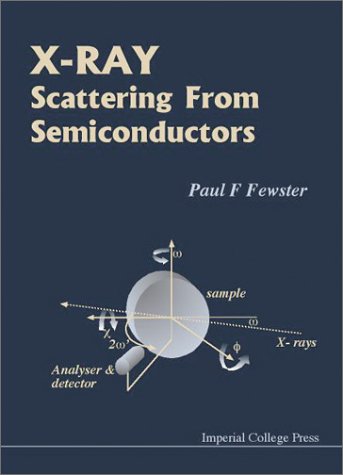
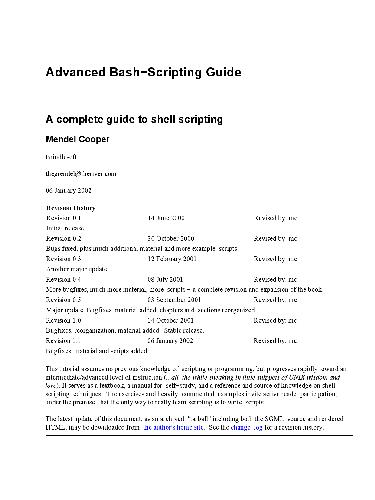
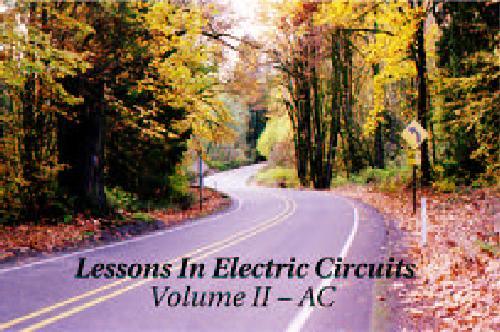
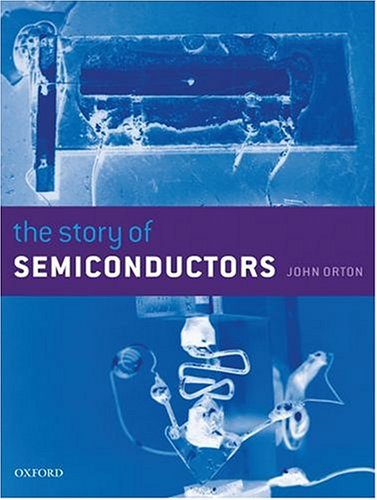

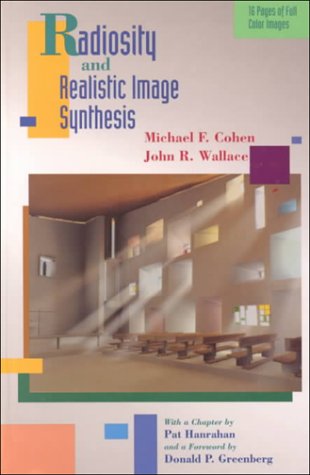

Reviews
There are no reviews yet.